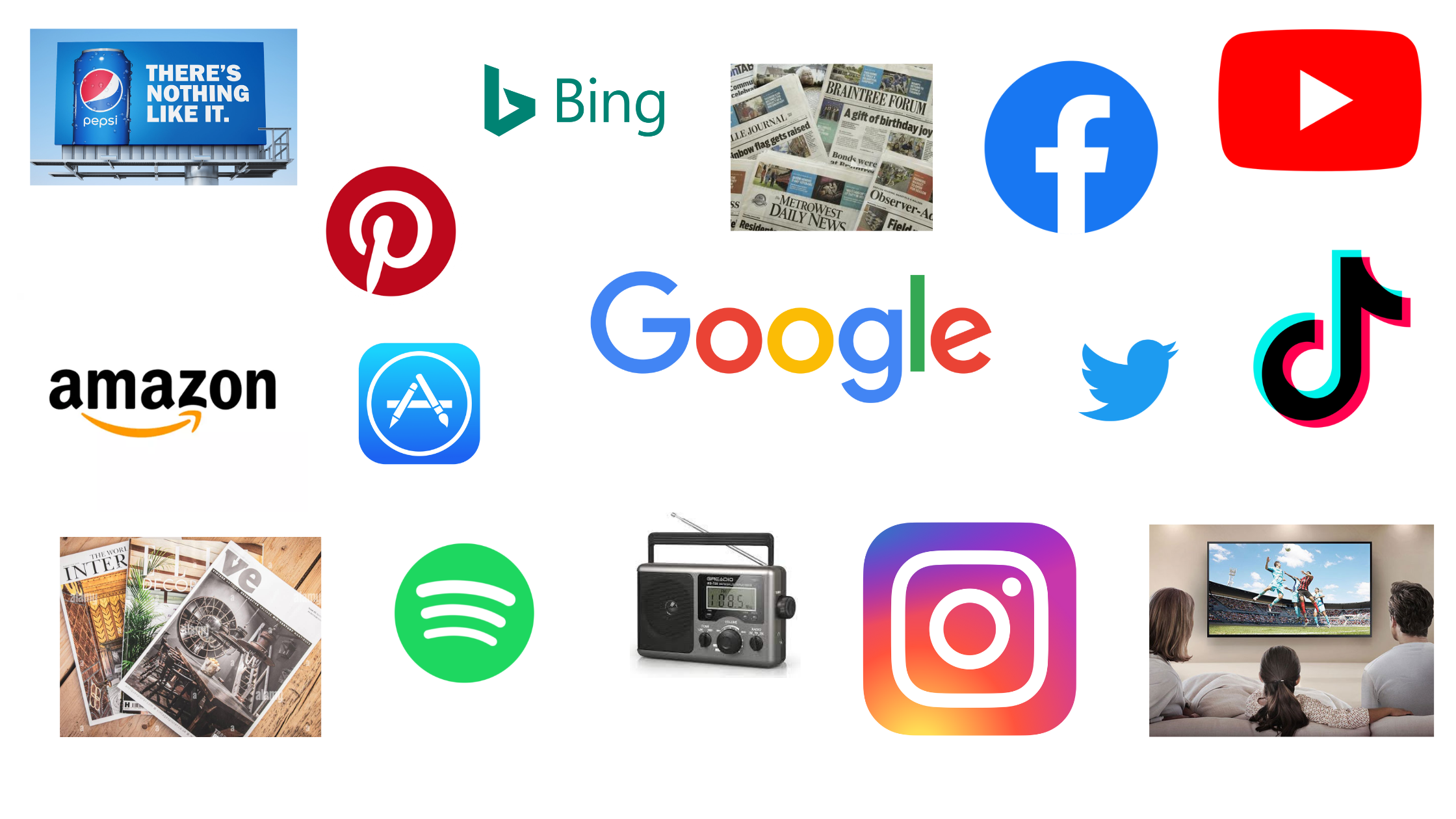5 Business Metrics You Need to Build a Successful Advertising Strategy
Advertising strategy does not exist in a vacuum. Advertising strategies must be built to achieve...

If you’re a brand that has never done any advertising, the question of where to start can seem daunting. Within the digital sphere alone, the ecosystem is getting more and more complicated. Google, Meta, Microsoft, and Amazon all have extensive ad networks that reach millions, if not billions, of people. There are low barrier to entry ad platforms on Spotify, Hulu, Pinterest, TikTok, Snapchat, Reddit, Twitter, and more. Additionally, all of the legacy channels still exist, and they could be getting more effective for the right brand as they become less competitive: tv, print, direct mail, radio, billboards, and the list goes on.
This series of articles will try to help you think through where you should invest those first ad dollars. Every business is different, and there are exceptions to every rule, but the following framework is a good fit for the majority of businesses looking to begin advertising.
Let's assume you already have a product, and a couple sales under your belt. If you don’t have these things figured out a little bit, advertising will be an expensive learning curve for you.
In this first part of the series we are going to tackle how to think about audience targeting. Who should you be trying to get in front of with your advertising?
When you first consider how you should be advertising, you might start thinking about who your target customer is. Maybe you want to sell to owners of small businesses with less than $5M in revenue. Or maybe your product is for moms who have children under the age of 5. These are all important things to think about and you should have some instincts on this already.
However, I think it’s more beneficial to think about your audience in terms of their intent to buy. Another way of saying this is you need to be clear on where you are going to advertise to your audience on their buyer’s journey. And getting this part wrong can cause your advertising to be less effective than it could be.
The buyer’s journey can be described in many different ways. But any buyer’s journey will describe in a rough outline, the stages a buyer goes through before they get to the point of purchasing a product. Some people are actively in-market and looking for a product like yours to solve their problems. Other people in your target audience might not even be aware that they have a problem your product solves.
Let’s say you are selling accounting software as an example. There’s a certain number of people and businesses currently shopping for a new accounting software solution. They are actively shopping for a solution and will make a purchase pretty soon.
Then there are companies that currently have an accounting software solution. They have some challenges with the software, but these problems haven’t become painful enough to get them to start researching alternatives.
Finally, there are people and businesses who, for whatever reason, currently don’t need accounting software. This may be because they are very small operations, don’t understand why they should have accounting software, or because the business doesn’t actually exist yet. These people will be in-market for your software eventually, although probably not for a while.
Each of these groups of people is a defined audience with different levels of intent to purchase. Some may purchase within 2 weeks, some may take 6 months, some might not buy for 2+ years.
All businesses are unique and have different goals in advertising. But the best place to start for most brands is to target a high intent audience with your first advertising dollars. There are a few reasons for this:
If you visualize the buyer’s journey as a funnel, with high intent at the bottom, use your advertising to build a foundation at the bottom of the funnel, then move upwards as you grow. This will ensure there aren’t gaps in your buyer’s journey and that all your advertising works together.
When first starting out advertising, you most likely won’t have enough budget to max out the high intent audience for your product. It’s best to focus all your money and attention on this bottom of the funnel audience to refine your product and marketing strategy and grow your sales. Once you have enough budget that you can’t spend all of it on a high intent audience, then you can start worrying about using your ad dollars to generate demand higher up the funnel.
So now we know we want to advertise to high intent audiences of people who are in-market for products like ours. The next step is to figure out how to target those people and what ad platforms to use.
That will be the focus of the next article in the series, which you can check out here. Subscribe to the blog below to get new articles in your inbox each week.
Sign up to get each Data Raven Blog post in your inbox.
Advertising strategy does not exist in a vacuum. Advertising strategies must be built to achieve...
The last article defined what incrementality is and why it’s an important concept for advertisers...
The final entry in our Advertising 101 series is about the importance of conversion tracking to...